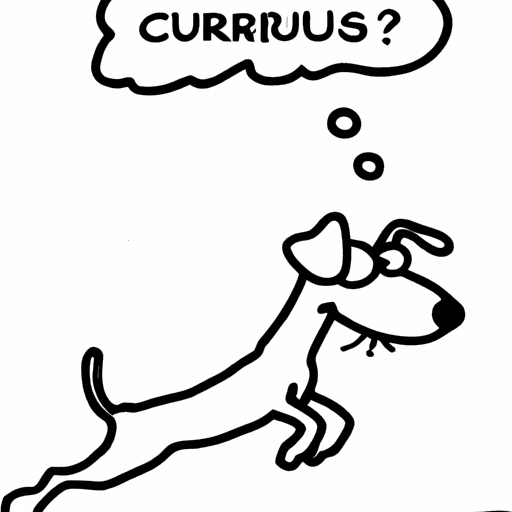Dogs are bundles of energy, love, and sometimes, a good amount of mischief. One common behavior that often puzzles us is why dogs jump. Is it just pure excitement, or is there more to it? Let’s dive deep into the world of our four-legged friends to understand why dogs jump and how we can manage this behavior.
Contents
- Understanding Why Dogs Jump
- The Psychology Behind Jumping
- Training Techniques to Curb Jumping
- FAQs
Key Takeaways
- Dogs jump as a natural form of communication.
- Jumping can be due to excitement, seeking attention, or asserting dominance.
- Consistent, positive reinforcement training can help manage jumping behavior.
Understanding Why Dogs Jump
Dogs are social animals, and they communicate using their body language. Jumping is one such form of communication. Puppies, for instance, jump up to lick their mother’s face as an instinctive behavior. In the wild, this is how they get their mother to regurgitate food for them. When your dog jumps on you, he may be trying to reach your face to show affection or respect.
Many dogs also jump as part of their greeting ritual. When you come home after a long day, your dog is likely overwhelmed with excitement and wants to express that joy. Jumping helps them reach you faster and engage with you on your level.
But jumping isn’t always about affection or excitement. Sometimes, it’s a dog’s way of demanding attention or asserting dominance. If your dog jumps on you when you’re paying attention to something else, he might be trying to say, “Hey, look at me!”
One excellent resource for understanding dog behavior is The Dog’s Mind: Understanding Your Dog’s Behavior by Bruce Fogle. It details how dogs perceive the world and why they behave the way they do.
The Psychology Behind Jumping
Understanding the psychology behind why dogs jump can help us address this behavior effectively. Dogs learn from experience. If jumping on you gets them attention or rewards (like hugs, pats, or treats), they’ll keep doing it. For instance, if your dog jumps on the couch and you respond by giving him a treat to get him down, he might associate jumping on the couch with getting a treat.
On the other hand, if jumping results in negative consequences (like being ignored or denied attention), they’re likely to stop. This is the basis of many training techniques to curb jumping.
Knowing why your dog jumps can also help you meet his needs better. If he’s jumping out of excitement, providing more exercise and mental stimulation can help. If he’s jumping for attention, teaching him more appropriate ways to ask for it can be beneficial.
For more on dog psychology, you might find Inside of a Dog: What Dogs See, Smell, and Know by Alexandra Horowitz helpful. It provides a fascinating insight into the world from a dog’s perspective.
Training Techniques to Curb Jumping
Training your dog not to jump can be a challenging task, but with consistency and positive reinforcement, it’s certainly possible. Here are a few techniques you might find useful:
-
Ignoring: When your dog jumps on you, simply turn your back and ignore him. This shows him that jumping doesn’t get him the attention he wants. Once he calms down and has all four paws on the ground, reward him with attention or a treat.
-
Teaching an Alternative Behavior: Teach your dog to sit or lie down when he wants attention. Reward him for displaying these behaviors instead of jumping. You can learn more about this technique here.
-
Using a Leash: If your dog tends to jump on visitors, keeping him on a leash can help. You can step on the leash to prevent him from jumping while rewarding him for staying calm.
Remember, consistency is key. Make sure everyone in the family follows the same rules to avoid confusing your dog.
FAQs
Q: Why does my dog jump on me when I come home?
A: Your dog is likely jumping on you out of excitement. He’s happy to see you and wants to greet you the only way he knows how.
Q: Is jumping bad for dogs?
A: Occasional jumping is usually not a problem. However, excessive jumping can lead to joint issues, especially in large or overweight dogs.
Q: How can I stop my dog from jumping on people?
A: Training and consistency are key. Teach your dog to sit or lie down when greeting people, and reward him for doing so. If necessary, keep your dog on a leash when visitors come.
Q: Why does my dog jump on me when I’m sitting down?
A: Your dog might be seeking attention or trying to assert dominance. Ignoring him when he jumps and rewarding him when he behaves appropriately can help address this behavior.
To conclude, jumping is a natural behavior for dogs and is often a way for them to communicate. Understanding the reasons behind this behavior and using consistent, positive reinforcement training techniques can help manage it effectively. For additional resources on understanding and managing dog behavior, you can visit onetopdog.com.



